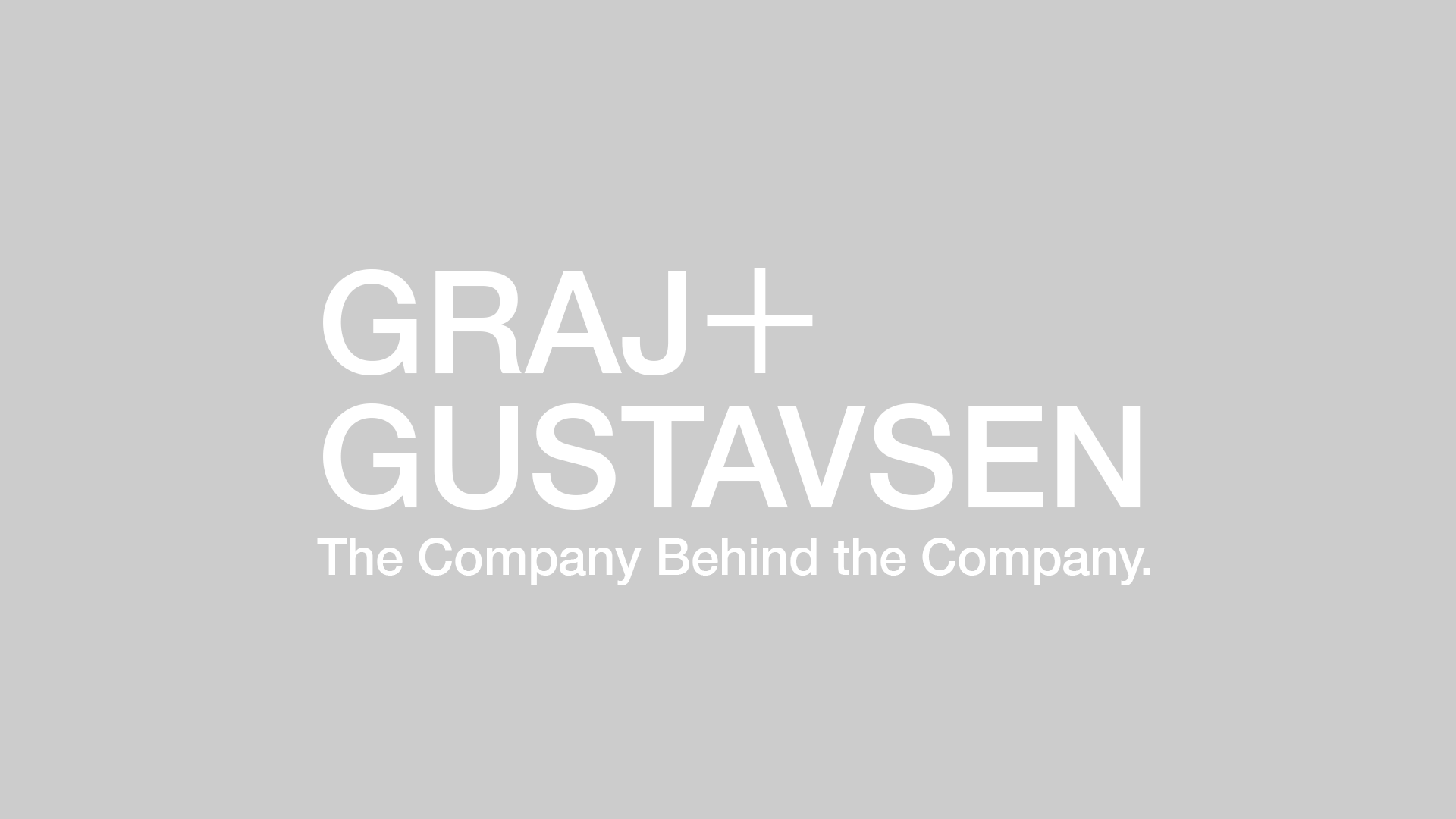Could you ever truly re-create the Beatles? How would one be able to rebirth such a unique experience so tied to the times around it? Sure, there are Beatles impersonators, just like the endless string of look-alike, sound-alike Elvis impersonators who feed the gold lamé suit industry. The entertainment biz kindly calls these routines Tribute Acts, but they create more embarrassment than honor. Re-create the Beatles per se? It would derail the spirit of the Beatles brand to even try to do so. You can easily anticipate the screaming superficials . . . decidedly not Beatles essentials.
The Beatles launched a craze with the collar-length, over-the-ear mop-top. Let’s say a counterpart to the Beatles emerged today. Imagine the Fab Four all sported buzz cuts like the runway model Amber Rose. In 1963, the Beatles’ haircuts uprooted the norm. They shouted revolution. Maybe a buzz-cut in 1963 would have bordered on an all-too-straight crew cut. Today, would any do do? Hairstyles are so diverse and eclectic, could any of them be instantly revolutionary?
Dig deeper into the Beatles, and other more genuine brand traits pop out:
• Eclectic and colorful musical roots in the Liverpool skiffle scene
• Psychedelic allusions
• A “ringing guitar” sound, “double-tracking” and Abbey Road sonics
Dig deeper still and the brand attributes become even less time-locked:
• Emotional tightness of the songs
• Flawless sense of collaboration
• Cheeky independence
In short order, you’re light years away from collarless Edwardian suits and an Arthur cut with bangs. Defiant individualism and a dedication to personal expression outweigh a mop-top tenfold.
In the brand business, we see plenty of marketers trying to impersonate other brands. That’s a sure road to shipwreck. Study instead the DNA chemistry that makes both you and successful competing brands thrive. Then figure out what the deep truth of your brand will actually support.
On one hand, obsessing on flamboyant traits can camouflage core attributes. On the other, subtract even a trace core ingredient, and you can demolish the identity. A croissant doesn’t have much sugar, for example, but a traditional French baker won’t get very far baking one without it. Find the real core attributes and stick to them. Brands don’t live in isolated traits. It’s the combustion triggered by bundling them together that gives brands life and true ingenuity. The Beatles, after all, advised it best: “Think for yourself” . . . and do it “if just for your own sake.”


